This coriander coconut chutney is the most common chutney made in South India and goes very well with idli, dosa, rotti, etc. This aromatic chutney can be made in minutes and is a great accompaniment to finger foods.
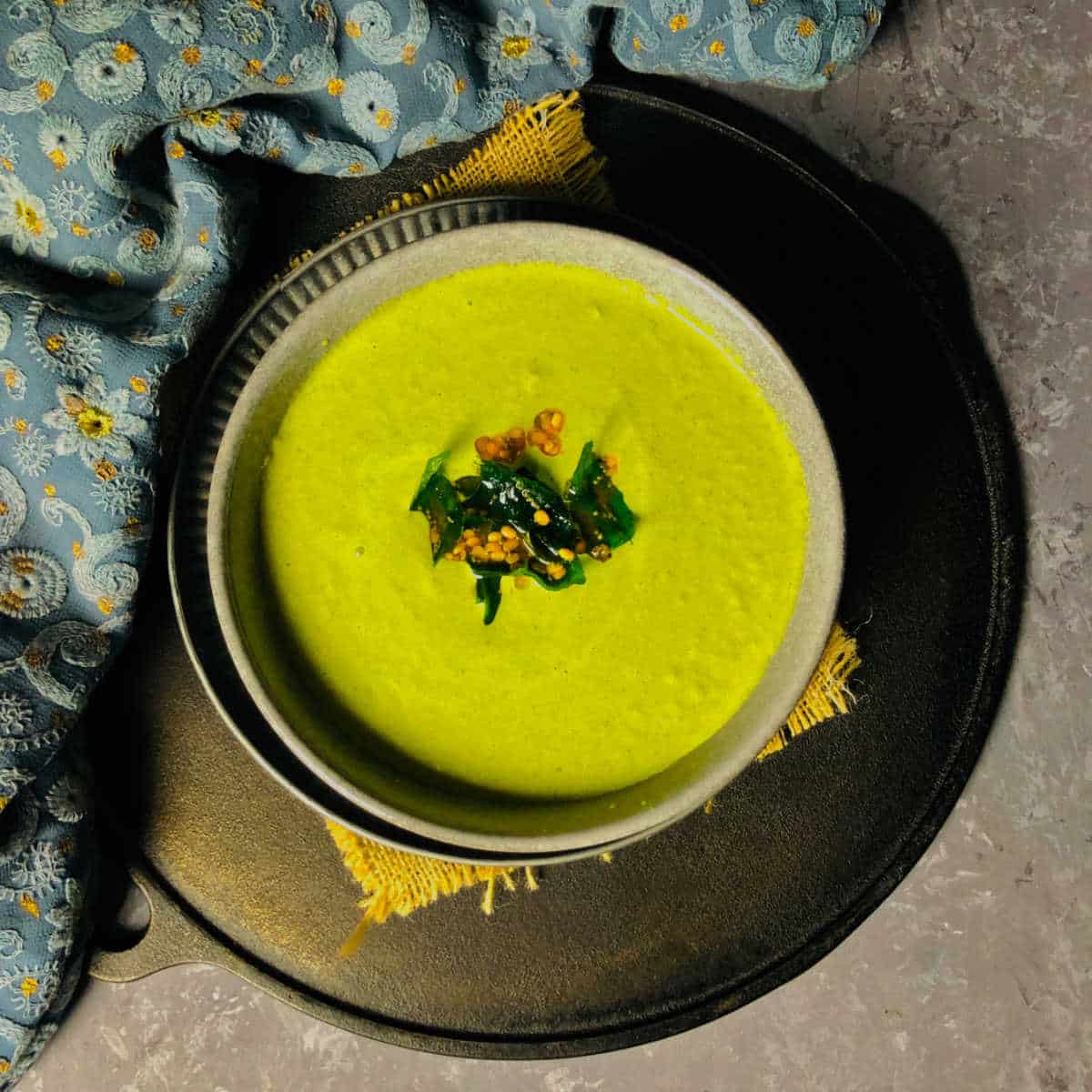
As the name suggests, coconut and coriander (cilantro) are the main ingredients of this vibrant dish. This chutney can be served with South Indian breakfasts like dosa, idli, etc. It also tastes great with upma, ven pongal, and vermicelli upma.
Chutneys are an essential part of South Indian breakfast. Each household has its own version of these easy-to-make side dishes. There are several variations to it - peanut chutney, tomato chutney, spinach chutney, etc. These chutneys are different from the ones served with snacks or street food, which are mint chutney and sweet tamarind chutney.
Why you will love this recipe?
- This coriander coconut chutney is very easy to make and uses minimal spices.
- It goes very well with all types of dosa and idli.
- The chutney is ready in less than 5 minutes and is naturally gluten-free and vegan.
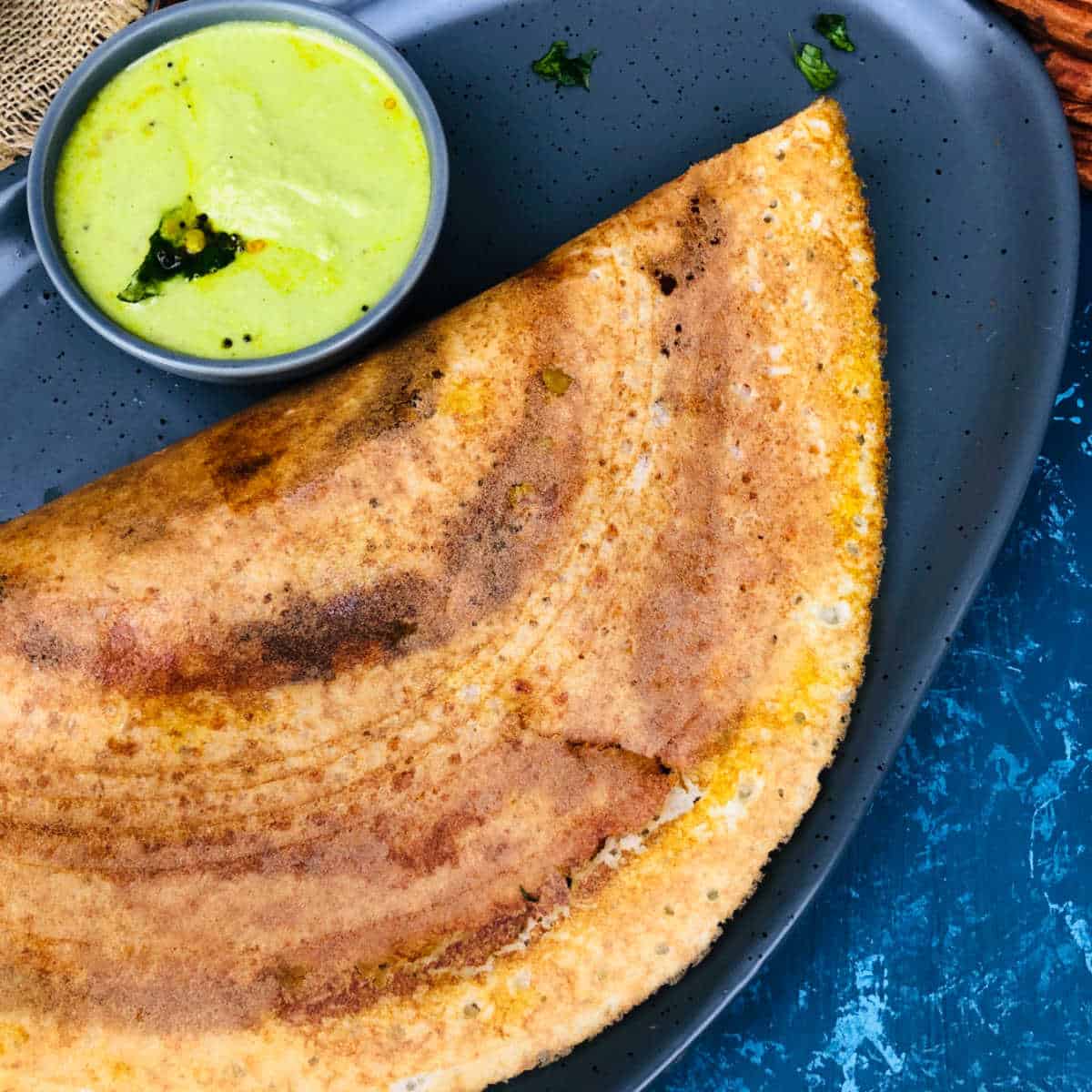
Ingredients
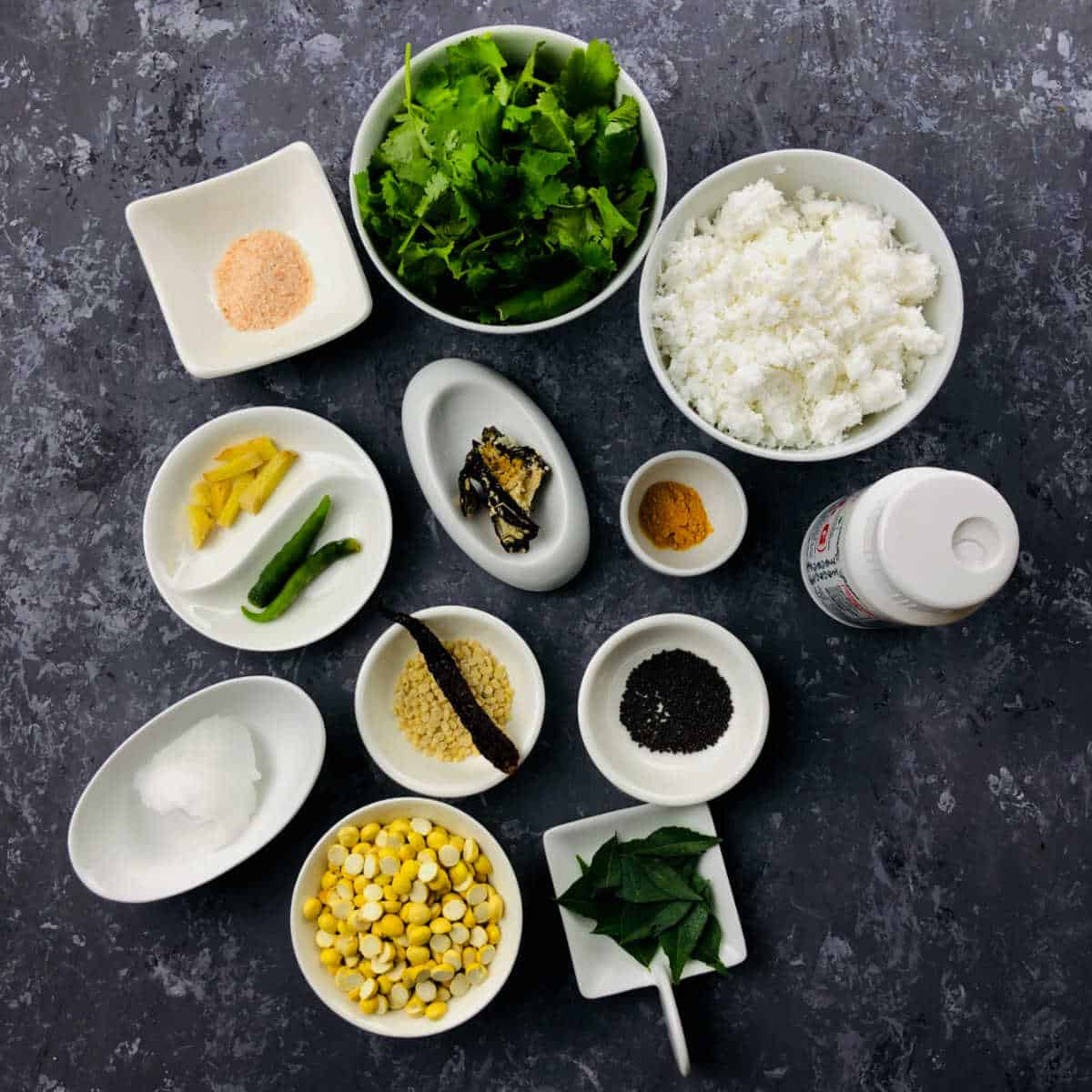
Coconut: Use freshly grated coconut to make this chutney. If using frozen coconut, make sure it is completely thawed.
Cilantro/coriander leaves: Use fresh cilantro or coriander leaves. Take care not to use thick stems and use only leaves and tender stems.
See the recipe card for full information on ingredients and quantities.
Step-by-step instructions

Step 1: Soak tamarind in some water for 5-10 minutes. Extract the pulp and discard the remaining part (image 1).
Step 2: Place coconut, coriander, roasted Bengal gram, ginger, chili, tamarind pulp, and salt in a blender/mixie (images 2 and 3).
Step 3: Grind into a smooth paste (image 4). The chutney can be served at this stage.
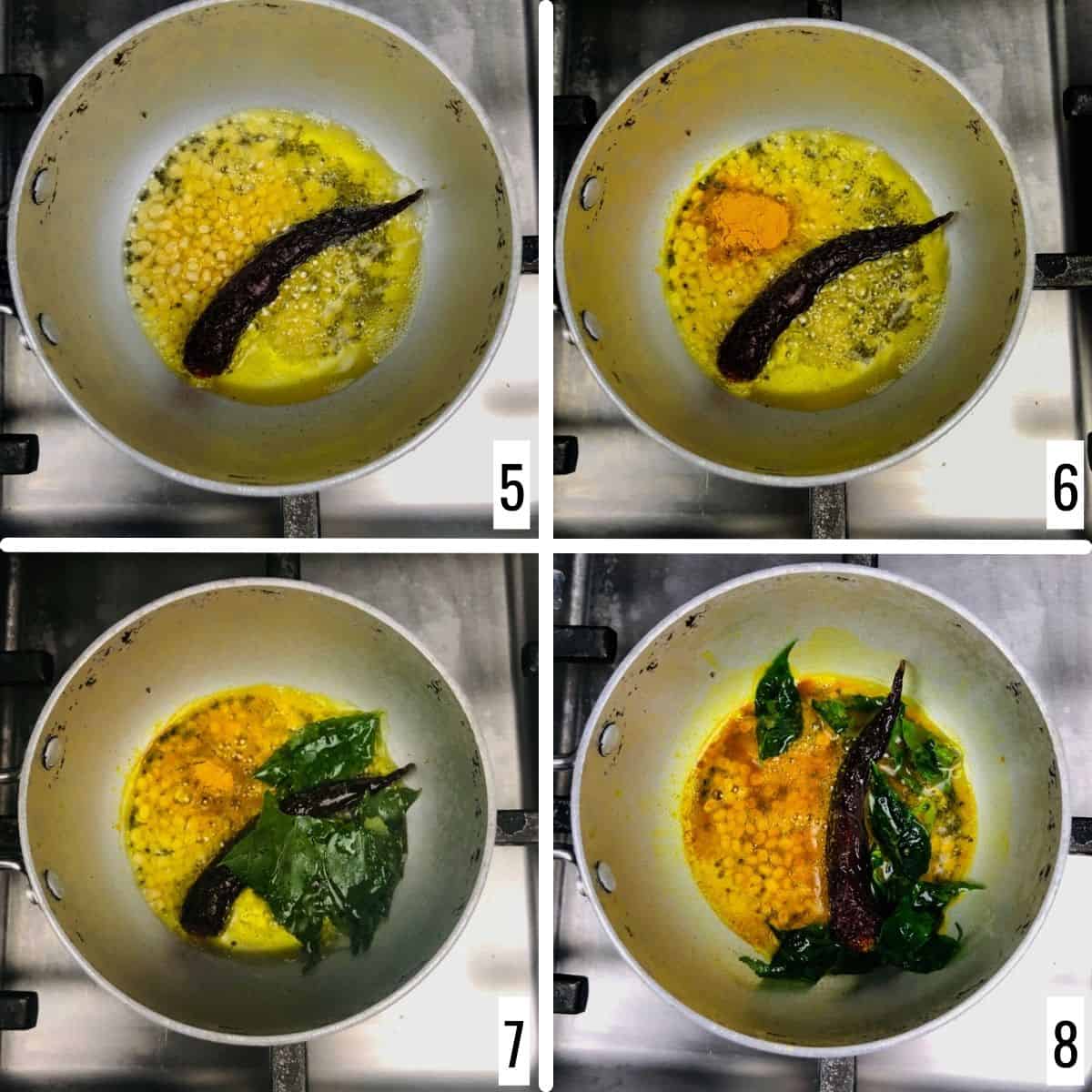
Step 4: Heat oil, add mustard seeds, and dry red chili. Add urad dal, turmeric powder, hing, and curry leaves. Turn off the heat and mix well (images 5-8). Pour the tempering on the chutney and serve.
Expert Tips
If you do not have access to roasted Bengal gram, you may replace it with roasted besan (chickpea flour). Make sure you dry roast the besan on low heat for 8-10 minutes until the raw taste goes. Since this chutney is not cooked, the besan has to be roasted well.
If you use frozen coconut, make sure you defrost it and bring it to room temperature before using it.
You can also use desiccated coconut in this recipe, although this may alter the taste of this chutney. If you use desiccated coconut, make sure you grind the chutney with lukewarm water and not cold water.
You can also add a few mint leaves to this chutney to add more flavor and freshness. If adding, take care to add just a few leaves as too much mint may overpower the chutney.
This South Indian coconut chutney can be stored in the refrigerator for up to three days, although it is best to make small batches and use it fresh. This chutney is not suitable for freezing as it changes the taste and texture.
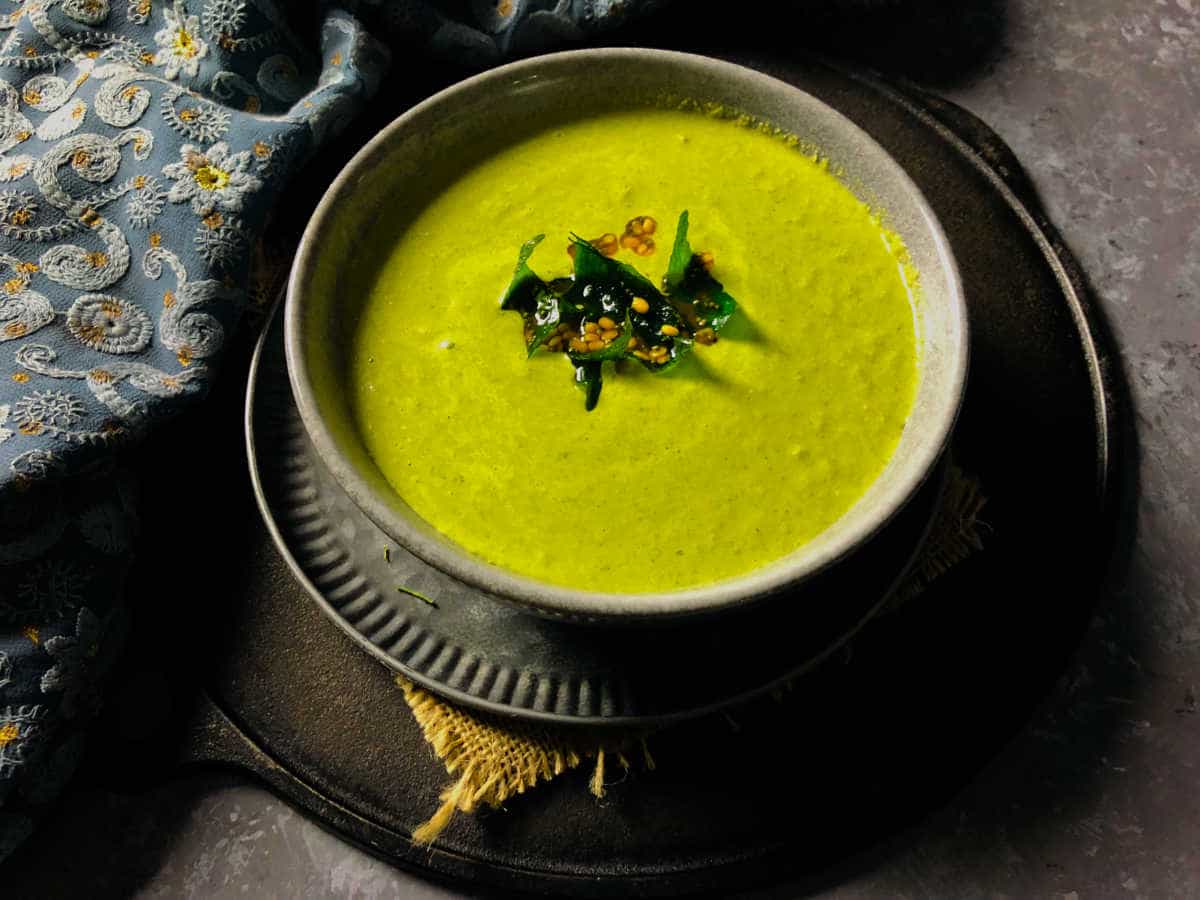
More chutney recipes
If you tried this Coriander Coconut Chutney Recipe or any other recipe on my website, please leave a ? star rating and let me know how it went in the ? comments below.
Recipe card
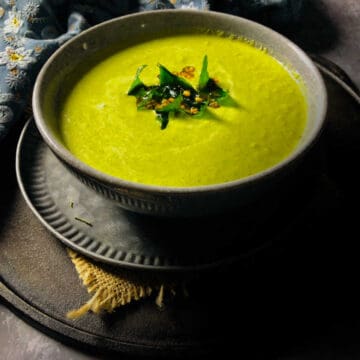
Coriander Coconut Chutney
Ingredients
For the chutney:
- 1 cup coconut fresh or frozen (grated)
- 1 cup coriander leaves (cilantro)
- ¼ cup Bengal gram hurigadle/puthani (see notes)
- ½ inch ginger grated
- 2-3 green chili or as per taste
- 1 tablespoon tamarind
- Salt to taste
For the tempering (seasoning/tadka) - optional:
- 2 teaspoon coconut oil
- 1 dry red chili
- 5-6 curry leaves
- ½ teaspoon mustard seeds
- 1 teaspoon split black gram urad dal
- ¼ teaspoon turmeric powder
- 1 pinch asafetida hing
Instructions
Make the chutney:
- Soak tamarind in some warm water for 5-10 minutes. Extract the pulp and discard the remaining part.
- Place coconut, cilantro/coriander, roasted Bengal gram, ginger, chili, tamarind pulp, and salt in a blender.
- Grind into a smooth paste using some water as required. Pour into a serving bowl.
- The chutney is ready to be served at this stage.
Prepare the tadka and finish: (see notes)
- Heat a small frying pan and add oil. Add mustard seeds and let them splutter.
- Add the remaining ingredients - dried chili, urad dal, turmeric powder, hing and curry leaves. Turn off the heat and mix well.
- Add the tempering to the chutney and serve.

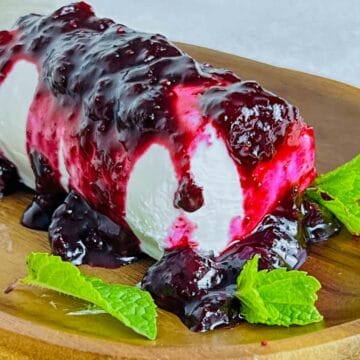
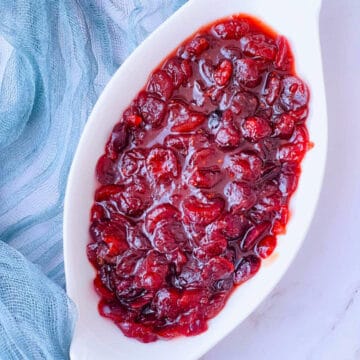
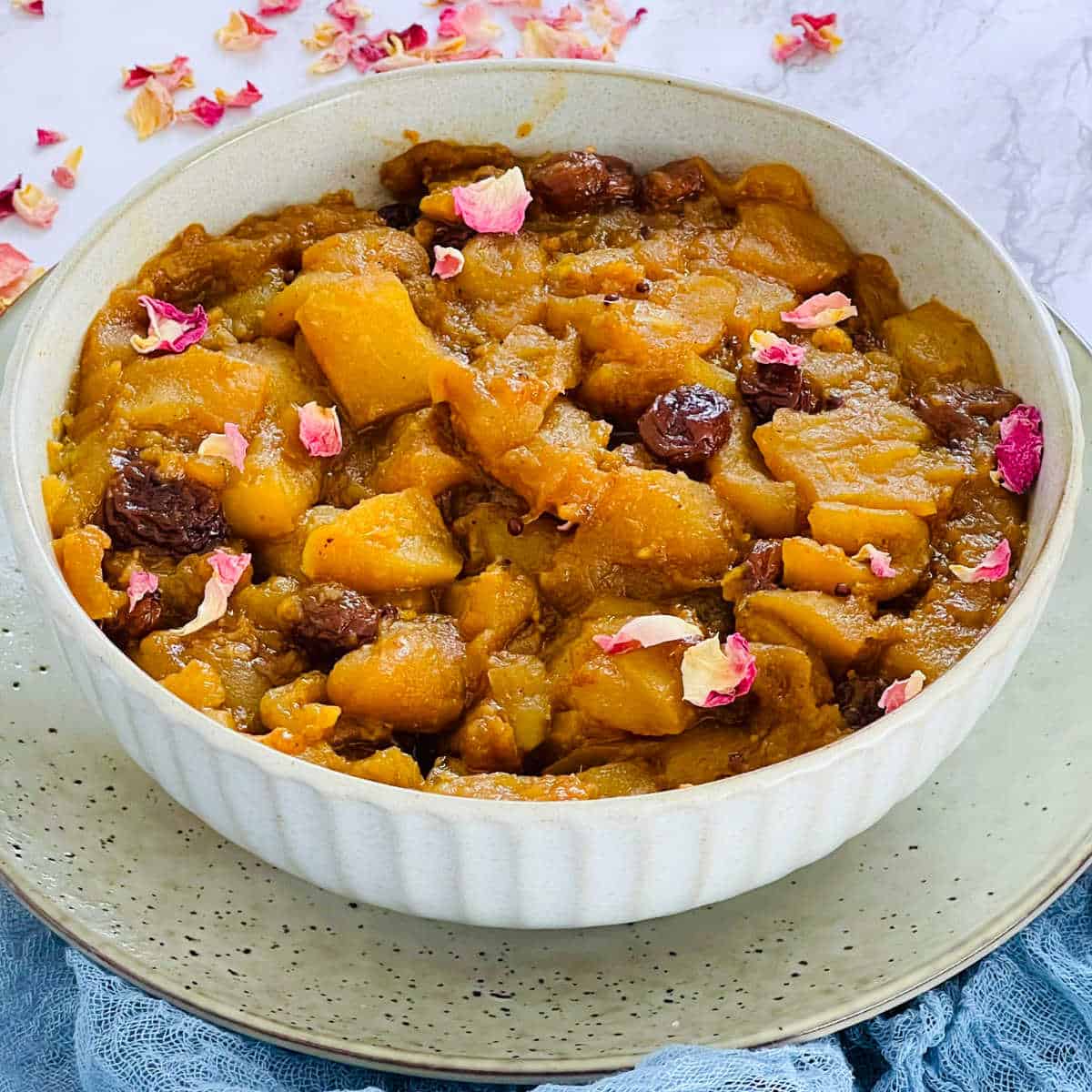
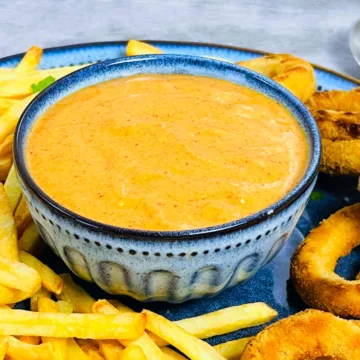
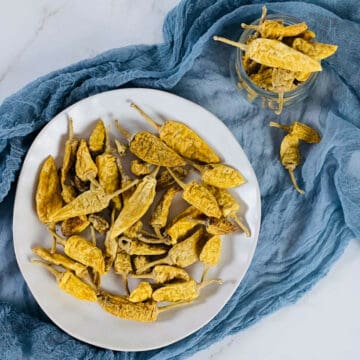
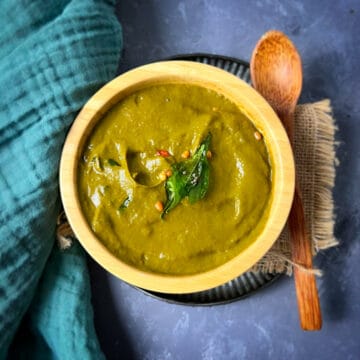
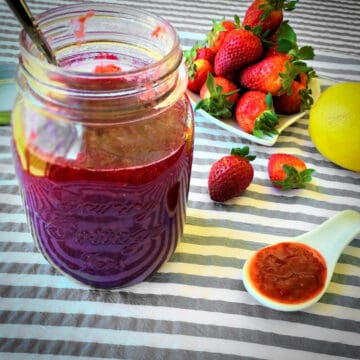
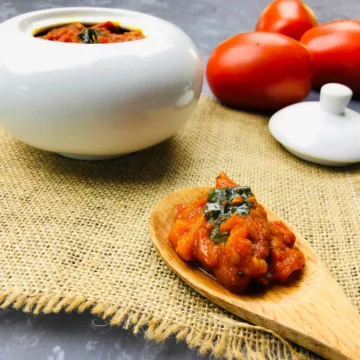
Comments
No Comments